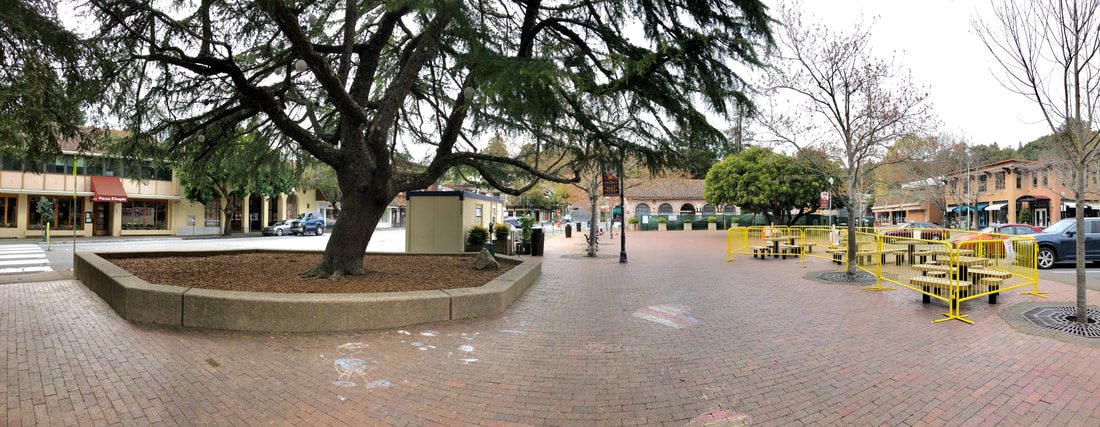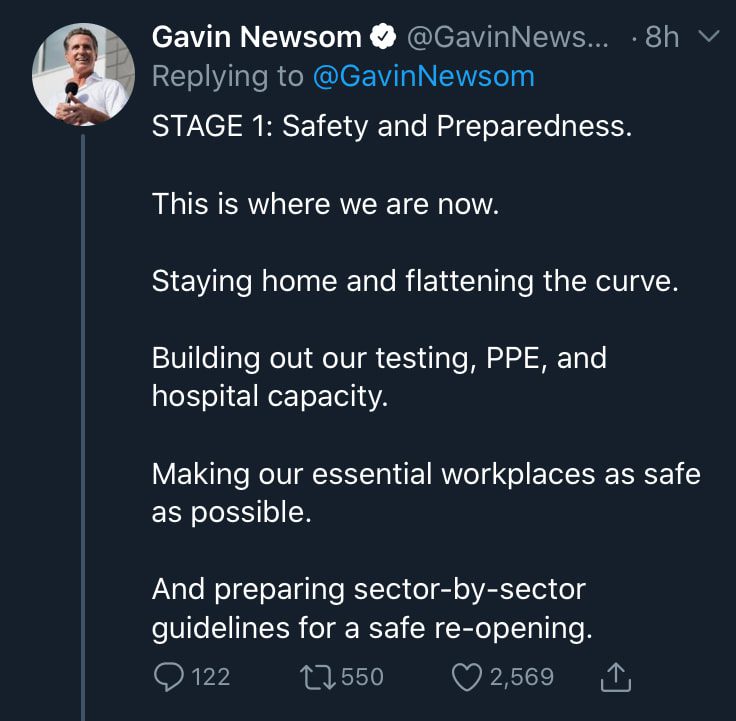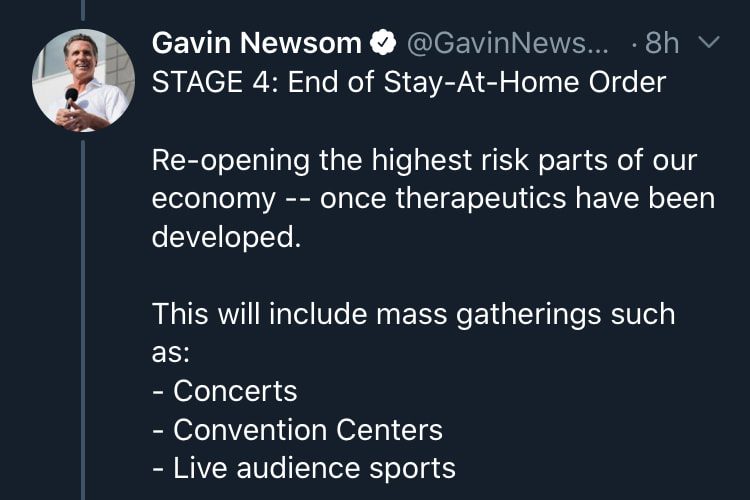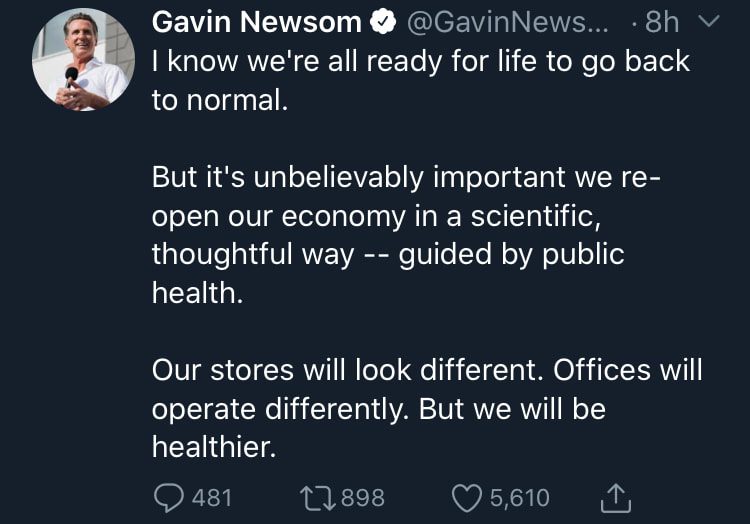One day later, Marin County Public Health Officer Matt Willis announced the easing of restrictions on a number of businesses that operate outdoors, including all construction projects as long as the project complies with the order’s safety protocols, as well real estate transactions without open houses and limitations on in-person viewings. The list of businesses that can reopen on May 4 also includes wholesale and retail nurseries, landscapers, gardeners, and other businesses that primarily provide outdoor services as set forth in the order.
Other activities that can resume under the new order include residential moves and the use of certain shared outdoor recreational facilities that were previously ordered closed, like skate parks, but not others that involve shared equipment or physical contact. The April 17th order requiring face covering remains in effect.
Willis said that Marin has, as of April 29, 224 confirmed cases of COVID-19, with 12 deaths and 43 hospitalizations.
He characterized the first phase of the SIP as “the first inning of the game. “We were successful thanks to all the amazing work and sacrifices that everyone in our community made to really limit transmission,” he told the Marin County Board of Supervisors on April 28. “Phase Two is going to be a gentle, delicate process of reopening that we can eventually regain the ability to gather for education and some business reopening.”
Willis noted the coming weeks and months will be entirely driven by the key metrics. That includes adequate testing capacity, as Marin is currently testing 300 patients a day and needs to get to 500 per day. That increased testing capacity will likely “see more transmission of disease,” he said.
Testing efforts will be coupled by contact tracing and monitoring hospitalizations and 911 calls related to COVIF-19, he added.
Noting that nearby jurisdictions like Sonoma County are moving toward a less restrictive SIP, Supervisor Damon Connolly asked Willis if Marin was wedded to the SIP decisions of the Bay Area jurisdictions with which it has operated so far. “The gates to move from one phase to the next will happen at a different pace for each county,” Willis said. “We don’t expect that every county will have the same experience. We’ll have the freedom to move forward more quickly but we’ll be looking to the science to guide us.”
The announcements came amidst indications from Gov. Gavin Newsom that California as a whole is “just a few weeks away, not months away, from making measurable and meaningful changes to our stay-at-home order. That is a very optimistic point to emphasize.”
In a series of tweets, Newsom said, “California is flattening the curve, but the reality is #COVID-19 is not going away soon. Our re-opening must be gradual, guided by public health and science, and will be done in the following:







